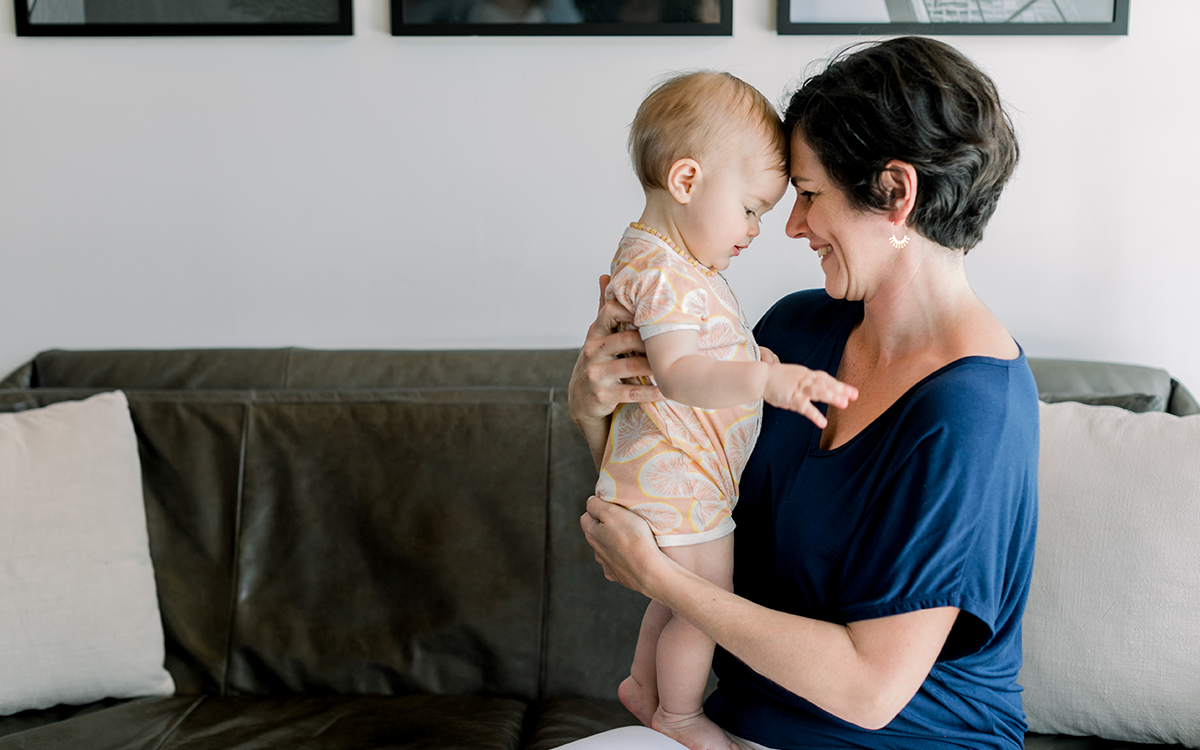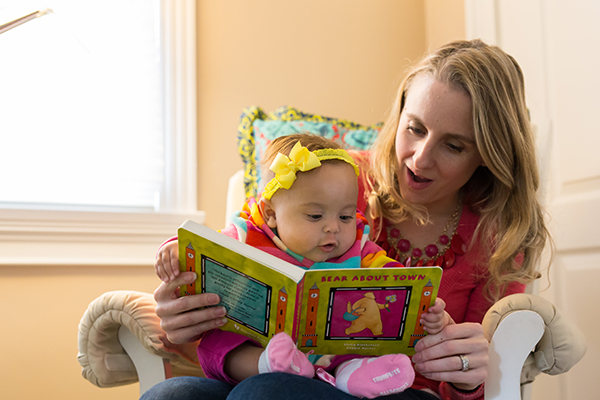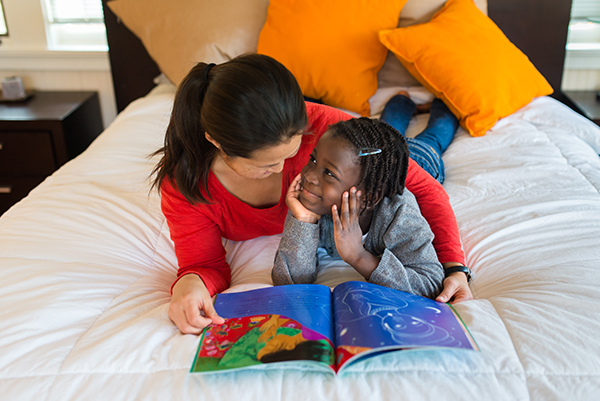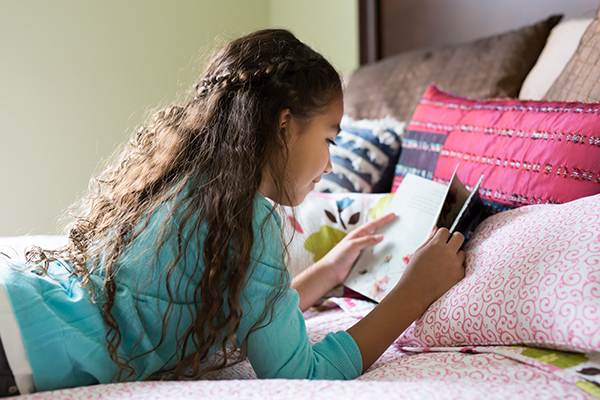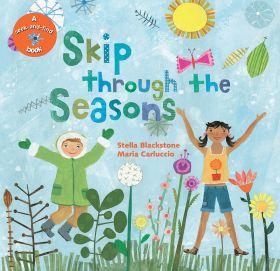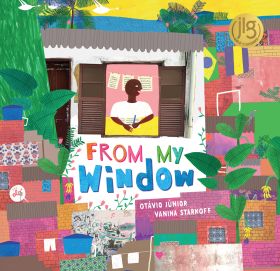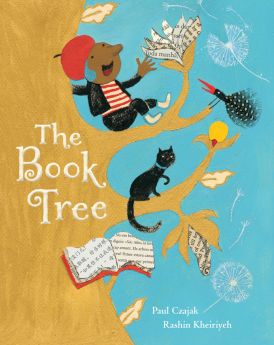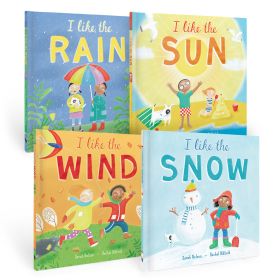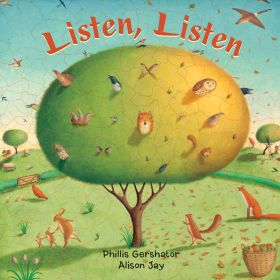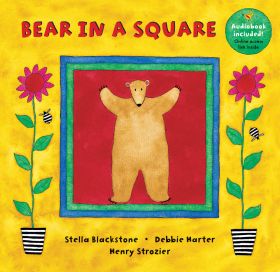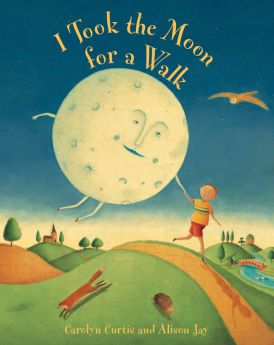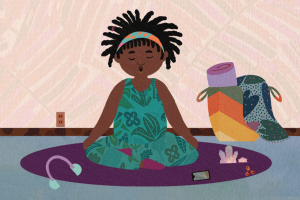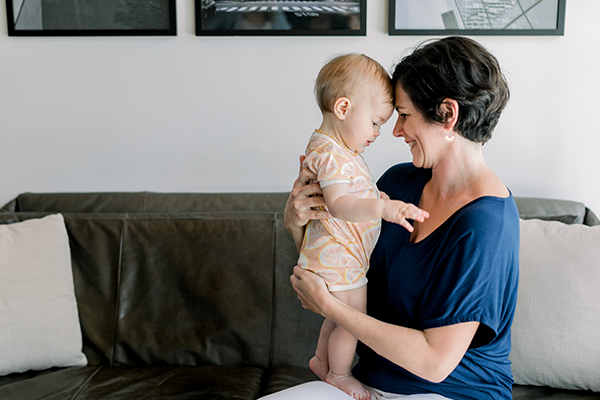
Below is a guest blog post by Dr. Sarah Mitchell, founder of Helping Babies Sleep. Since 2013, she has helped thousands of parents teach their little ones to sleep and parent confidently day and night. In this blog post, she gives caregivers tips on how to incorporate books into bedtime.
Books can help your child sleep — if you know how to use them!
Books are helpful tools for taking your brain to a pleasant place at the end of the day and forgetting about the day’s worries. Just as adults often read before bed to relax into sleep, children can also benefit from reading during bedtime. Books as part of your bedtime routine create focused one-to-one time between parent and child, filling your child’s “emotional tank” before sleep.
Read in the room where they will sleep
The purpose of reading books at bedtime is to wind down and bring closure to the day. If you read in another room, and then move to where your child sleeps, this can disrupt the bedtime flow. Read in the space that your little person will be sleeping, whether it’s in a chair or in their bed with them. Ideally your child won’t have to share their bedtime routine with a sibling and will have all of your attention.
Be intentional with how you read
Consider your tone of voice and cadence when reading. Using a soft, slow tone can help your child relax more.
Don’t overdo it
Your bedtime routine doesn’t have to be long and exhausting. Short and sweet can be much more effective for your little person. Here are some guidelines.
If your child is:
| Less than 1 year old | 5-10 minutes (or 1 book repeated) |
| 1 to 2 years old | 5-15 minutes (2-3 books or 1 book twice) |
| 3 to 4 years old | 10-20 minutes |
Set limits
Toddlers stall bedtime because they don’t want to miss out on the world or time with you. This is a natural stage all kids go through; however, it is important to set limits with books as part of the bedtime routine.
To do this, communicate expectations to your child. Say, “We are going to read three books and then it’s time to climb into bed.” Ask them to repeat to you how many books you are going to read and what happens next. Ask, “How many books are we going to read?” and then, “And what happens after books?” Don’t start reading until they answer. If they don’t agree or don’t engage, sit quietly and wait for their attention to return back to you. Then ask again.
Make choices simple
It’s also important to limit the choices of books available. Asking your child to pick out three books when the bookshelf has 50 can be overwhelming. Too many choices can result in “buyer's remorse” of picking the wrong book, which can lead to conflict.
You can also hide any books you think aren’t appropriate for bedtime reading. Books that your child finds scary or too exciting might be better for daytime reading. You should also remove books that are too long. One strategy is to have a small basket of books you’ve chosen beside the reading space and switch those out every two weeks.
Choose age-appropriate books
Babies less than 15 months old like simple books that you choose. Counting and coloring books with big images and minimal text work well. Children love repetition and predictability, so many kids will love reading the same book over and over for days or weeks. Children in this age group might be exhausted by bedtime, and if they aren’t interested in the books, don’t force it just because “it’s part of the routine.” Skip the books and head straight to bed. You can use the same routine and books at naptime.
Toddlers 15 months to three years old will be excited about picking their books out. This is their time to test boundaries and exert their opinion on the world to see what comes back. You’ll want books that have a story with some text, rather than just pictures and colors.
School aged children will want to choose their own books. Chapter books are exciting for this age, and you might read aloud to them or they might start to read some words or pages to you. Discuss how many pages or chapters you will read together to set limits. When you are getting close to the end, give them a warning that reading time is coming to a close.
Curb parental guilt
Perhaps you haven’t had much one-on-one time with your little person that day and you feel guilty for not spending enough time with them. If you are enjoying the long drawn out bedtime routine, then roll with it; however, if the endless reading is cutting into your child’s night time sleep, it might be time to make changes.
Children need roughly 11 to 12 hours of nighttime sleep until age two and a half, and then 10 to 11 hours after that. If reading at bedtime is taking forever, move it to other times in the day. Early mornings are a great time to have a cuddle with a book.
Remember, you can’t control your little person. All you can do is control your response to them. You’re in charge of the health and wellbeing of your little one and can make these decisions to change.
Dr. Mitchell’s Top Picks for Bedtime Books



